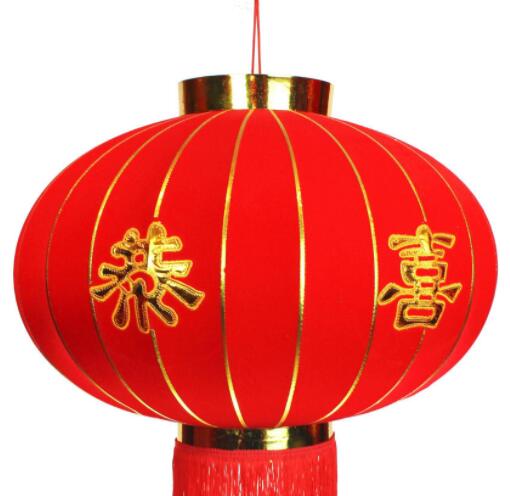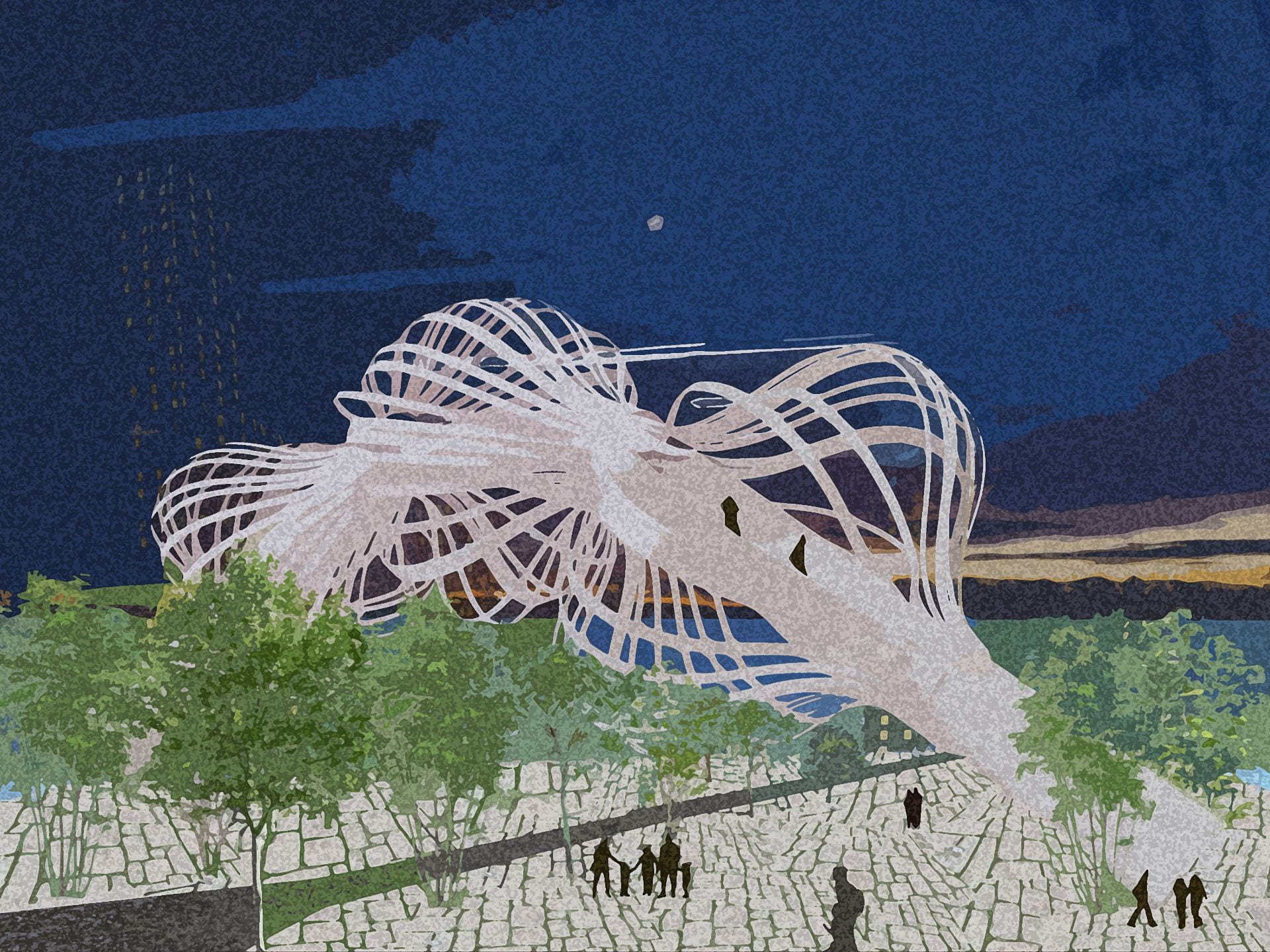In Integrative Studio 2, we are asked to analyze Union Square and come up with possible intervention proposal that can improve the user experience in Union Square. The final presentation includes a fragment model, rendered effect photos and a PPT of the whole learning & research process. This is a summary of the Union Square Intervention process.
PPT overview
In the process of site analysis and research, I gradually know what issues I want to solve in Union Square in order to improve user experience.
My focus
Viewing platform
Public space in cold weather
Shades for chess people
Public Sittings
Instagram Feature
Hanging Garden
Pedestrian Bridge
Site Analysis + Architectural Scale
We learned how to measure in the site using an architectural scale in class and then we went to Union Square for site analysis and measurement, focusing on three different topics.
I chose to do the noise level, green area, and subway system.
Here are some brainstorming sketches and possible improvement that I wanted to address.
Based on my sketches, I decided that I want to focus on the open area in front of 14th street. Because people usually just sit on the steps, I want to add more sittings in this area for the purpose of protests and large events. Also, I want to add more green to reduce the noise level. Furthermore, most people would go around the central green area. I think a pedestrian bridge can help the commuter go through the area faster. Based on those thoughts, I made three possible prototypes. The first model addresses the pedestrian bridge over the entire Union Square. When people walk through the pedestrian bridge in winter, they can be warm and not wet. The second model address the middle area of Union Square. By planting trees around the indented area, I am able to reduce the noise level in the middle for large events and public space, making use of the lawn. It can become a relaxing place in downtown Manhattan. The third model is a possible sitting structure placed in the open area in front of 14th St. It is a stadium-like seating area with slides. This infrastructure allows both adults and children to interact in the same area. It is a fun intervention with practical usage.
After the research trip to the Vessel, I have some new idea about the expression and form of the intervention. The Vessel inspires me that the structure can be simple, but in a system, the outlook will turn out complex and intriguing.
This two pages of sketches are more conceptual forms of my interventions and many details of how it is structured. Mainly, I was leaning towards my idea of a pedestrian bridge and a spiral seating/viewing platform. At first, I decided to do the wired spiral stairs. However, it did not work out as I had not figured out how to stairs walkable. Here are some of my rhino plannings.
As I mentioned, the stairs did not work out as I imagined, so I turn to my wired-looking bridge. It looks like a boxing ponytail. There will be a path crossing through the bridge, which create a large space in both the upper and bottom part of the bubble. Those space can be a garden, viewing platform, stores or just a public space. There are many possibilities. The problem is how to make the concept practical. I tried many methods to achieve the conceptual shape that I imagined. I chose paper as my model material because it is easy to manipulate. Here is my first raw model.
I was satisfied with the outlook of this bridge. I used an origami technique, inverse folding. I can plan plants on the folds, creating a hanging garden on top of the bridge. However, the only problem is that there is an opening in the middle of the bridge as you can see in the image. I can definitely just tape them together, but the shape would not be as interesting as it is right now. Therefore, I tried to fold it again, using one paper.
I realized how difficult is to control the outlook of the structure through origami. This shape is not what I wanted, so it is wasted.
I still ended it up taping it because I think I made a mistake when calculating the folds. Folding it was a painful and frustrating experience. It took me 2 hours just to fold one piece.
I made some cut to mimic the viewing windows and openings even though I think it made it worst. Anyway, I was not satisfied with the result. Then I tried to take the bridge apart, making small fragment and assembling them in a system. I was inspired by this easy origami.

However, my version did not work. I guess it is because the paper that I used is too large and soft.
So, I decided to try another method under the pressure that I need to turn in my homework on time.
I was inspired by the structure of the Chinese lantern.

I used paper to make a similar structure and follow my initial plan.
The strain of both sides of the lantern creates an organic curve, which I find really charming and intriguing. The problem is that this paper model is not stable as you can tell from the video. It will definitely fall in real life.
So I adjusted two ends of the bridge, making a border foundation.
I also shortened the width of the strings so that it looks more delicate. I was pretty satisfied with this version that I almost use it as my final version. However! The structure of the path is tube-shaped and there is no connection in the middle, which means you can not really walk through it. My professor Ian suggested me adding connection will make it more convincing. So! Here we are, making the final version!
In the process of making the final version, I was still thinking about how to use a more advanced method to achieve what I wanted for my intervention. Here are some of my experiments inspired by my current lantern structure.
I actually really like the second method and how it has an interesting interior shape that I almost throw away my entire plan and start over four days before finals. No! I decided to stick to my “original” plan because I think it is more “wired” and original than this.
I unified the width of the strings and made the path semi-tube so that you can actually see through. The structure is more stable because I have a connected base.
Add some redering~
There will be public movable chairs & table underneath it. Vine will be planted on the strings of the bridge.
Reflection
I think this project is the most challenging project that I have ever done this semester. It required a lot of creative thinking and practical crafting skill. Even though I think the concept is the most challenging part, the crafting is still hard and sometimes frustrating (because I am not good at crafting.) Through this semester-long research and proposal, I learn a lot about the architecture and environmental design industry. I was actually going to choose architecture as my major before I came to Parsons. I used to over-simplify architecture. Architecture is not just a bunch of math & design people building cool structures. There is a lot of unseen hard work and struggles in each infrastructure. I think architecture is very comprehensive and detail-oriented. At the beginning of this project, my brain was not ready for architecture. How on earth you can think of such an interesting and complex structure? The more I made and research, the more clearly I can see how they come up with the genius concepts. Architecture is all about making and visualize your concept. Thinking in my head and doing research in my head is not going to help me create an intricate structure. I am also proud of myself, pushing my limit till the last minute. Even though there are still a lot of flaws in this proposal, like what materials are the bridge or how to create the space in the bridge. I think it is a good beginning to end this semester. What a journey!
















































